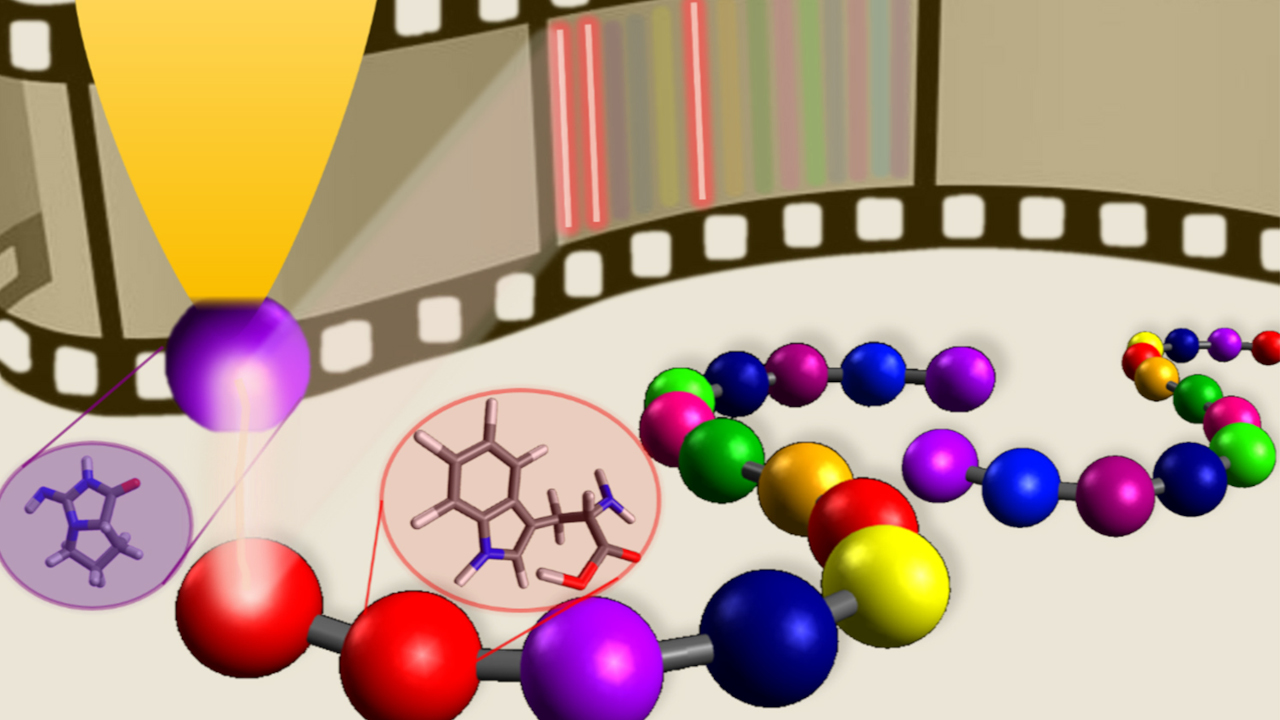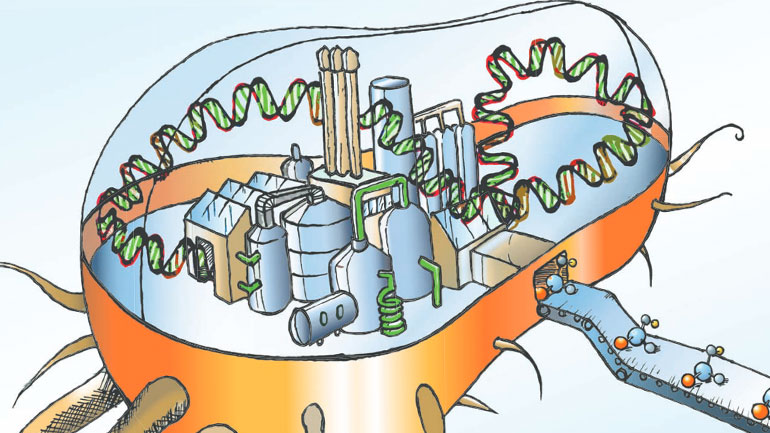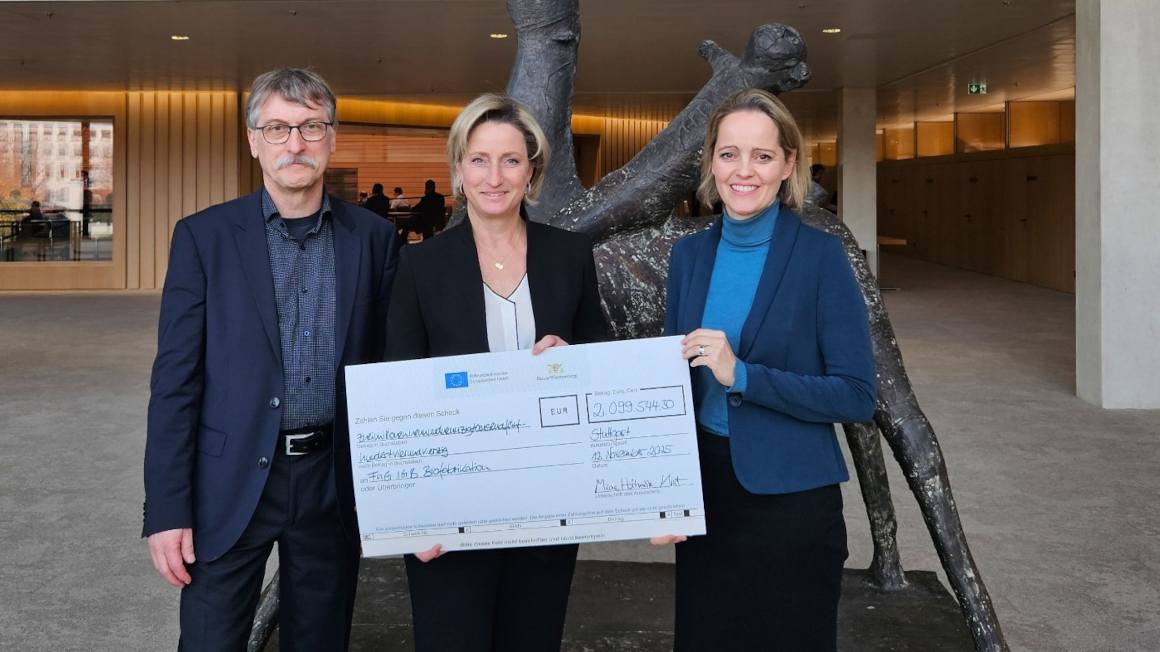Examining amino acids down to the nanometer
A research team at TU Braunschweig has combined various methods to make a scanning tunneling microscope usable for the surface analysis of peptides.

Thanks to a mix of methods, a team at the Technical University of Braunschweig has succeeded for the first time in identifying individual amino acids in a peptide by analyzing the surface of the molecule under a microscope. This means that one of the basic building blocks of life can now be examined down to the nanometer. The team, led by physicist Uta Schlickum, reports on the new measurement method in the journal "Nature Communications".
Peptides as short amino acid chains
The difference between peptide and protein seems somewhat arbitrary and depends solely on the size: as long as no more than around 100 amino acids form a chain, it is a peptide. As soon as there are more, experts refer to them as proteins. In biological processes, peptides can be found in all kinds of places - for example as hormones or antibiotics. However, research into exactly how peptides work has so far only been rudimentary. This is also due to the fact that no microscope has yet been able to image the biological components of individual peptides down to the atom.
Scanning tunneling microscope combined with other detection methods
As part of the QuantumFrontiers Cluster of Excellence, the research team led by Uta Schlickum combined various methods to make a scanning tunneling microscope usable for peptide detection. The Braunschweig team collaborated with the Max Planck Institute for Solid State Research in Stuttgart and other international researchers.
Although scanning tunneling microscopes are accurate to the atom, they cannot distinguish between different elements of a molecular structure. Schlickum's team has succeeded in making the measuring tip of the imaging device chemically sensitive and thus specializing it to one of the amino acids in the peptide. With this new type of tip, individual amino acids of the complex biological chains can be seen and identified under the microscope for the first time. According to the researchers, this is a first step towards sequencing peptides on surfaces at the highest spatial resolution.
pg


